8 spectacular beach walks in Norfolk
Stunning wildlife, spectacular dunes and historic buildings, the Norfolk coast has plenty to offer
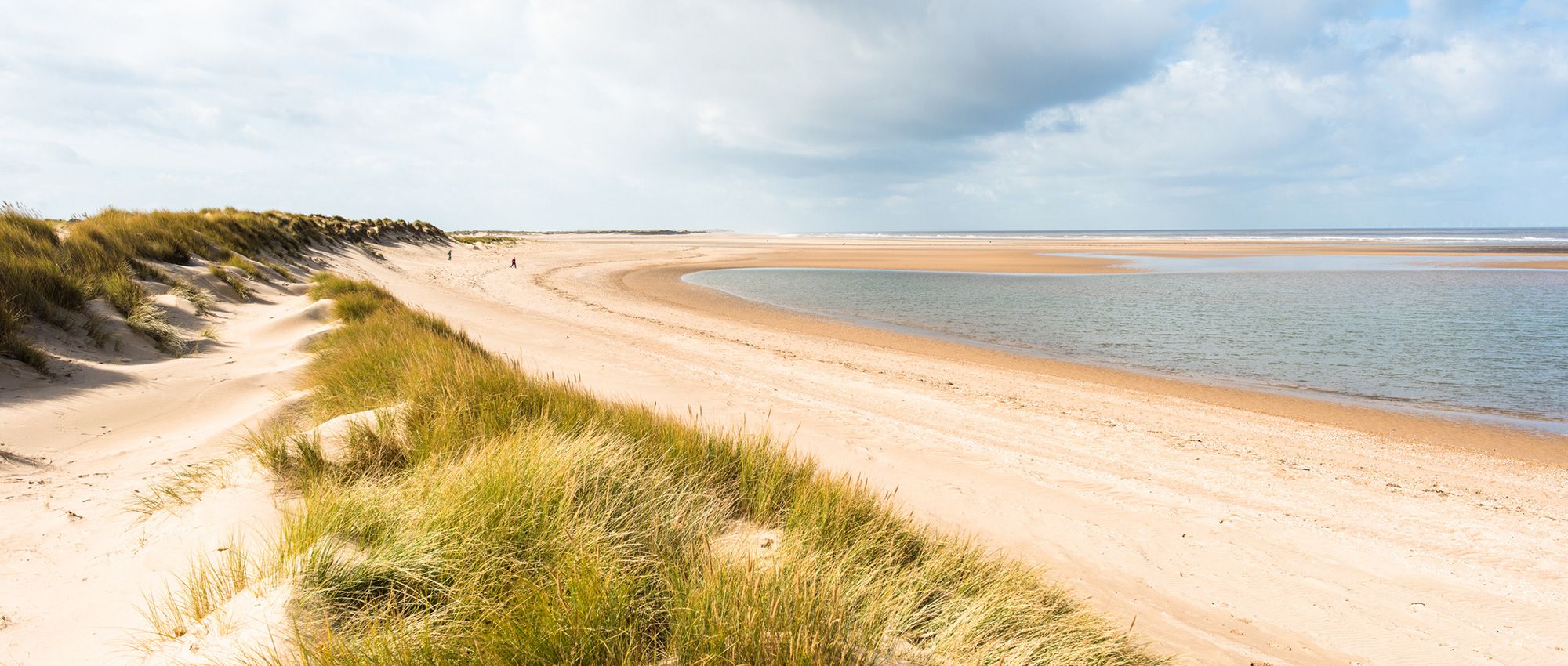
The 83-mile long Norfolk Coast Path National Trail runs right around the county. If you have the time, it’s the best way to explore the Norfolk shore. You’ll see every grain of sand, from Hunstanton, in the far north-west, to Hopton-on-Sea, on the Suffolk border. It’s also relatively easy to complete shorter linear walks along the trail, as Coast Hopper buses serve many points. But if you’re looking for little loops that offer a big dose of brilliant Norfolk beach-life, try one of these.
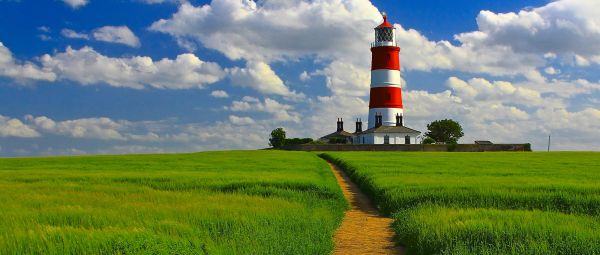
Hunstanton - Best for… Striped cliffs and wild dunes
The seaside resort of Hunstanton sits at the western end of the Norfolk Coast Path. Walking along the national trail from here is a great introduction to what makes the county’s shore so appealing.
A 7-mile route leaves the town’s cafes and arcades for quieter Old Hunstanton and the Coast Path’s clifftops and beach huts. From here, stroll to Holme Dunes Nature Reserve, a haven for migrating birds and natterjack toads. Then loop inland, via Redwell Marsh Nature Reserve. Pause in the hide here to look for avocets and marsh harriers.
The route heads back along the River Hun, eventually meeting the golf clubhouse passed on the way out. You can walk back to Hunstanton the way you came. Or, if tides allow, walk along the beach, peering into the rockpools and up to the striking red-white striped cliffs.
Wells-next-the-Sea and Holkham - Best for… The dreamiest beach
Holkham is one of the UK’s most jaw-dropping beaches. Its golden sands seem to extend to infinity and beyond. Deep-green pine trees loom inland. The skies are the biggest you’ll ever see.
Combine a walk along this beautiful beach with the deer park at grand Holkham Hall and the fishing harbour of Wells-next-the-Sea. This 6.75-mile loop is quintessential North Norfolk.
Start in Wells and walk out along the quay wall. Then take the Coast Path, between the shady trees. Or stride across the sand instead, past the cosy beach huts and vast salt marshes. Turn inland, down Lady Ann’s Drive (look for the Second World War pillboxes) and walk into Holkham’s woods. Back in Wells, celebrate with fish and chips on the sea wall.
Blakeney - Best for… Seals
The long, shingle spit of Blakeney Point and the surrounding saltmarshes offer some of the wildest walking in Norfolk. England’s largest colony of grey seals lives here, along with a bounty of birds.
One option is the out-and-back along the spit itself from Cley Beach, a walk of around 4 miles. You might see seals lounging on the pebbles. You will certainly feel the salt-spray whipping your cheeks. Note, dogs are not allowed between April and August.
Or make a 3-mile, family-friendly loop, via Blakeney village, around Blakeney Freshes. This expanse of freshwater marshes and reed beds is a wildlife hotspot. You might spot lapwing and avocets, water voles and otters, and, in winter, thousands-strong flocks of pink-footed geese. This walk starts from Cley Beach too, so they could easily be combined.
Sheringham - Best for… Lovely landscapes
Sheringham Park, laid out by landscape designer Humphry Repton in the early 19th century, sits near the quaint town of Sheringham. Walking here means you can combine the glorious gardens and possible deer sightings with super sea views.
Head out on a moderate 7-mile anticlockwise loop from Sheringham Park Visitor Centre. Veer across Weybourne Heath, cross the Poppy Line railway (look out for steam trains!) and pass the ruins of Weybourne Priory. Then follow a glorious stretch of coast, along the steadily rising clifftops. Turn inland to cross the railway line again and delve back into the park. Don’t miss the climb up Repton’s Gazebo for arguably the best views along Norfolk’s coast.
Cromer - Best for… Cliffs and heath
Accessible by train, the Victorian resort of Cromer is the best choice for a car-free coast ramble. This is also where Norfolk’s cliffs are highest, providing huge views over the sea and countryside.
Try a 4.5-mile walk southeastwards from Cromer’s classic pier to its squat lighthouse and onwards to Overstrand’s Clifftop Cafe. This combines seaside icons with miles of sand and thriving heathland spreading in all directions. There are 236 steps to climb to get from Cromer’s hut-lined beach to the clifftop, but otherwise it’s an easy stroll. There are also plenty of benches, if you do need to catch your breath. From Overstrand, you can walk back to Cromer on the sand if the tide permits. Alternatively, loop around the golf course to further explore the heath.
Happisburgh - Best for… Deep history
There’s a get-there-quick urgency to visiting Happisburgh (pronounced ‘Hayz-buh-ruh’). This village sits on one of the fastest-eroding stretches of coast in the UK. But it’s also spectacular, and rich in fascinating details.
Make an easy 7-mile circuit from the beach-side car park, close to Happisburgh’s unmissable red-and-white lighthouse. Your first stop, St Mary’s Church, is equally imposing. It’s possible to climb the 133 steps up the looming tower for incredible views. From here, the trail winds inland, via pretty flint-and-thatch cottages and rural countryside, to Walcott. Near here you might spot the ruins of the 12th-century Cluniac Priory.
Then follow the Coast Path back to Happisburgh, along the crumbling cliffs, keeping your eyes peeled. This is part of Norfolk’s ‘Deep History Coast’. Many ancient relics, including mammoth bones, have been found, turned up by the gnawing tides.
Sea Palling - Best for… Quiet sands
Sea Palling is superb. Artificial reefs, built offshore to combat coastal erosion, mean this Blue Flag beach always has plenty of soft, golden sand. And while it’s a popular spot, it never feels too crowded. It’s a good choice for a quiet stroll.
Start in Sea Palling and follow the coast north. Walk behind the sea wall or along the sand, if the tide allows. Look for the colony of little terns that nests here in spring/summer as well as seals bobbing in the waves.
Turn inland at Eccles on Sea. The return of this loop offers up contrasting countryside, past Hempstead’s thatched church. There are sweeping views across the Norfolk Broads before the trail heads back to the coast.
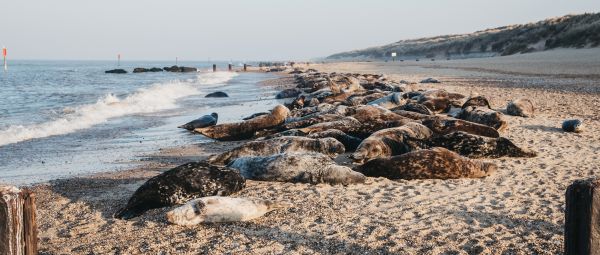
Horsey Mere & Horsey Gap - Best for… Windmills and wildlife
A bit of coast, a bit of Norfolk Broads, a whole lot of wildlife. This leisurely 5-mile loop around Horsey is a wonderful mix. It’s a good one for the winter months too, when grey seals are pupping on the beach at Horsey Gap.
Start at Horsey Drainage Mill. It dates from 1912 and, thanks to restoration work by the National Trust, has fully working sails. Next stop is reed-fringed Horsey Mere, where you might spot swallowtail butterflies and marsh harriers.
At the dilapidated Brograve Drainage Mill, veer right, via dykes, fields and woodland, to reach the coast. High dunes rise, separating the endless-seeming beach from the wildlife-rich fens behind. If it is seal season, volunteer rangers will be around to answer questions and keep the animals safe. You might even see a pup being born.
Explore more
We’ve got ideas for hundreds of wonderful walking routes across England, Scotland and Wales, long and short, easy and challenging. Search for routes on our website. Or join a guided walk with a local Ramblers group. Find your nearest Ramblers group and choose a walk that suits your pace, fitness and interests.
All images © Getty
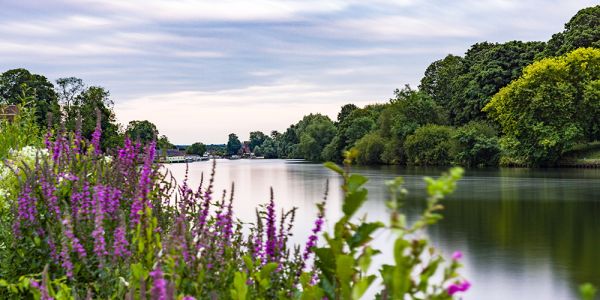
7 beautiful river walks in London
Roam the banks of the capital’s waterways on seven glorious walks along the Thames and other London rivers.

9 great wildlife walks for the whole family
Spot iconic British creatures great and small on these wonderful child-friendly strolls through beautiful scenery.

Best forest walks in the Lake District
A woodland walk in the Lake District can offer autumn colours, spring flowers, winter shelter or summer shade. Try these top tree-lined strolls.
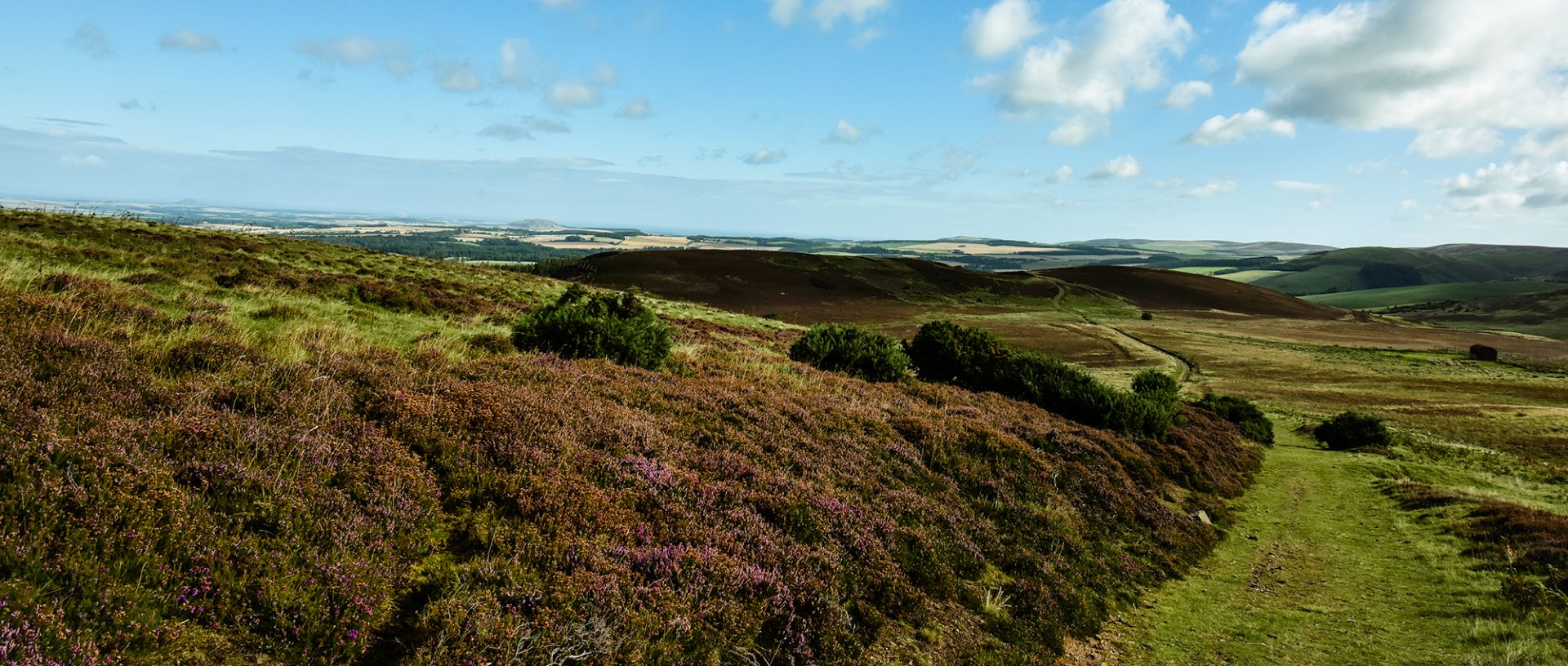
Campaign with us
We campaign to remove barriers to walking and we step up to protect the places we love to wander.